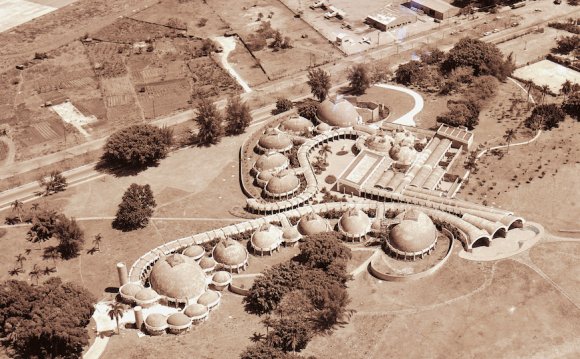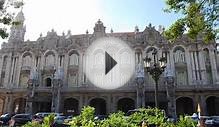
Like Cuba's history, Cuban Architecture is rich and diverse, with strong contrasts mirroring the country's social and political past. During your Cuba holidays, you will see evidence of days gone by in the form of graceful old colonial buildings, while a sign of the times is reflected by imposing stark modern skyscrapers.
When major cities, such as Havana, Santiago De Cuba, Matanzas, and Trinidad were built, early in Cuba's history, they followed the Ordinance of the Spanish King, Philip II set out in 1573. These regulations required a cathedral, the administrative office buildings, and a governor's palace to occupy the four sides of a city's central plaza. Cities were laid out in a grid that expanded as the urban population grew. Builders and craftsmen achieved impressive results with the building materials available in Cuba by simplifying Spanish designs. To enable them to deal with the heat, they created the maximum amount of shade and ventilation provided the distinctive aspect of colonial Cuban architecture and design. Typical features of a colonial Cuban home includes a central courtyard, an arcaded gallery, decorative wooden ceilings and high doors, with their own cooling device: a 'postigo' or panel which can open to provide light and a breeze without the whole door having to be opened. Homes, churches, and some public buildings added the stained glass windows of Arabic origin that gave Cuban architecture its specific character.
In the 17th and 18th centuries, the cities grew, giving rise to the fortress of El Morro de Santiago de Cuba (1633), the Cathedral of Havana (1787-1811), Santa Clara and San Agustin convents in Havana (17th century), Santa Maria Rosario church (1779), and The Plaza de Armas of Havana (1772). Cuban architecture in the 19th century followed the early colonial period. Things changed in the mid 20th century when architects took on new international styles, particularly those of the Spanish architect, Antoni Gaudi, whose works blended neo-gothic, art nouveau, and surrealist influences. Examples of this worth seeing on your Cuba holidays can be found in Havana's Miramar district, where buildings exhibit these traits while retaining an open air, tropical ambiance.
More recently in Cuba's history, post revolution, Cuban architecture followed a single, utilitarian path, with new buildings constructed to be practical and economical. Most architectural structures built after 1959 were apartment in suburban areas and the countryside, intended to house the poor and professionals who did not have homes. The architecture resembled that of the prescribed Soviet styles. These rectangular apartment buildings were built with concrete blocks, and pressed marble was used for the floors. These Soviet models makes a distinctive landmark among the more tropical and colonial examples of Cuban architecture that were built before 1959.
RELATED VIDEO












